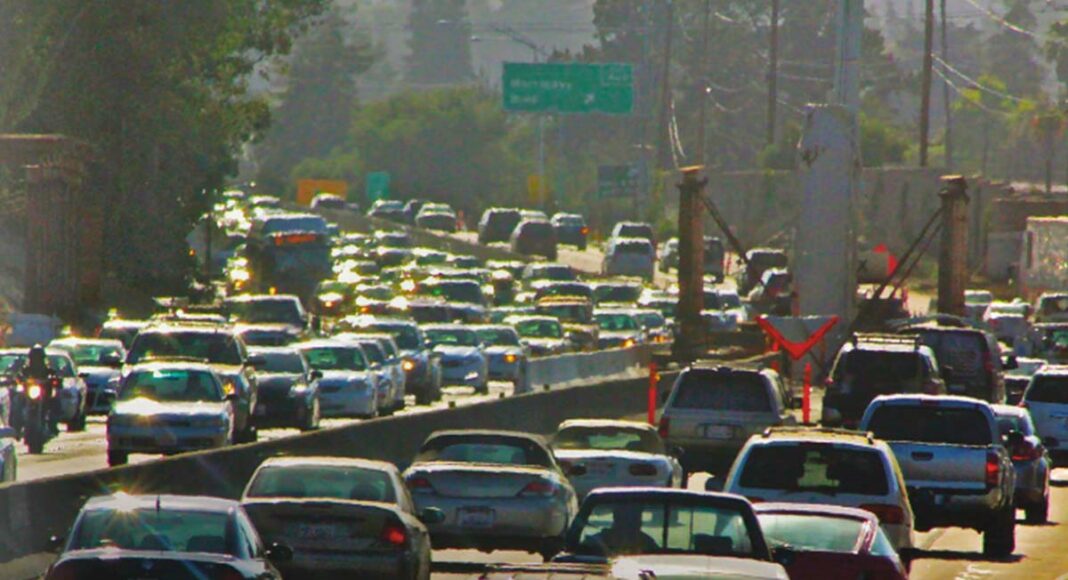To most people, an environmental document—like CalTrans’ draft on Highway 1 improvements—seems more like a cure for insomnia than an interesting read.
But that apparently isn’t the case for activist Jack Nelson, the retired county planner who went looking for the projected annual carbon emissions of possible plans to add lanes to Highway 1. Nelson eventually found them, buried on page 408 of the air quality study’s online PDF. The figures appear to be off, though, he says, possibly by a magnitude of a couple hundred.
“Those are important numbers,” says Nelson, the co-chair of the Campaign for Sustainable Transportation. “That’s the future of our sky.”
A chart on that page shows a few inconsistencies, appearing to mix up daily figures with yearly ones. It says, for instance, that if no changes were made to the highway, carbon emissions would total 380 metric tons per year—a figure Nelson says would be impossible, based on the daily vehicle-miles-traveled figures in the chart.
The same chart, just a few rows away, also states that the average miles traveled on a weekday would be 650,000. According to EPA numbers for carbon emitted per mile, that would create about 265 metric tons of carbon emissions per day—over two thirds of what CalTrans projected per year.
So, where did CalTrans get its projection? An input error is Nelson’s guess.
The chart states that weekend emissions, daily peak-hour emissions, and daily non-peak-hour emissions come out to 86, 248 and 46 metric tons respectively.
Add all those up, and you get 380—CalTrans’ magic number.
The Campaign for Sustainable Transportation is lobbying against a possible ballot measure to fund local roads, public transit, rail corridor improvement, the rail trail and the highway, which would get 25 percent of the funds.
Of course, the numbers in the draft study may turn out to be a tiny detail in discussions over the future of transportation in the county, but it is worth mentioning these same figures are indeed referenced in the accompanying 528-page environmental document.
CalTrans officials tell GT they can’t speak about the report while they review comments from the public, which were due on Jan. 18, and compile the final report. But Casey Beyer, executive director of the Santa Cruz County Business Council, says a couple of wrong numbers shouldn’t be blown out of proportion.
“One fact in a 500-page document can and should be corrected,” Beyer says. “But to take that one fact that doesn’t seem accurate and make the assumption that the whole EIR is flawed—that’s not accurate, either. You have to look at the whole EIR.”
.By the Numbers













